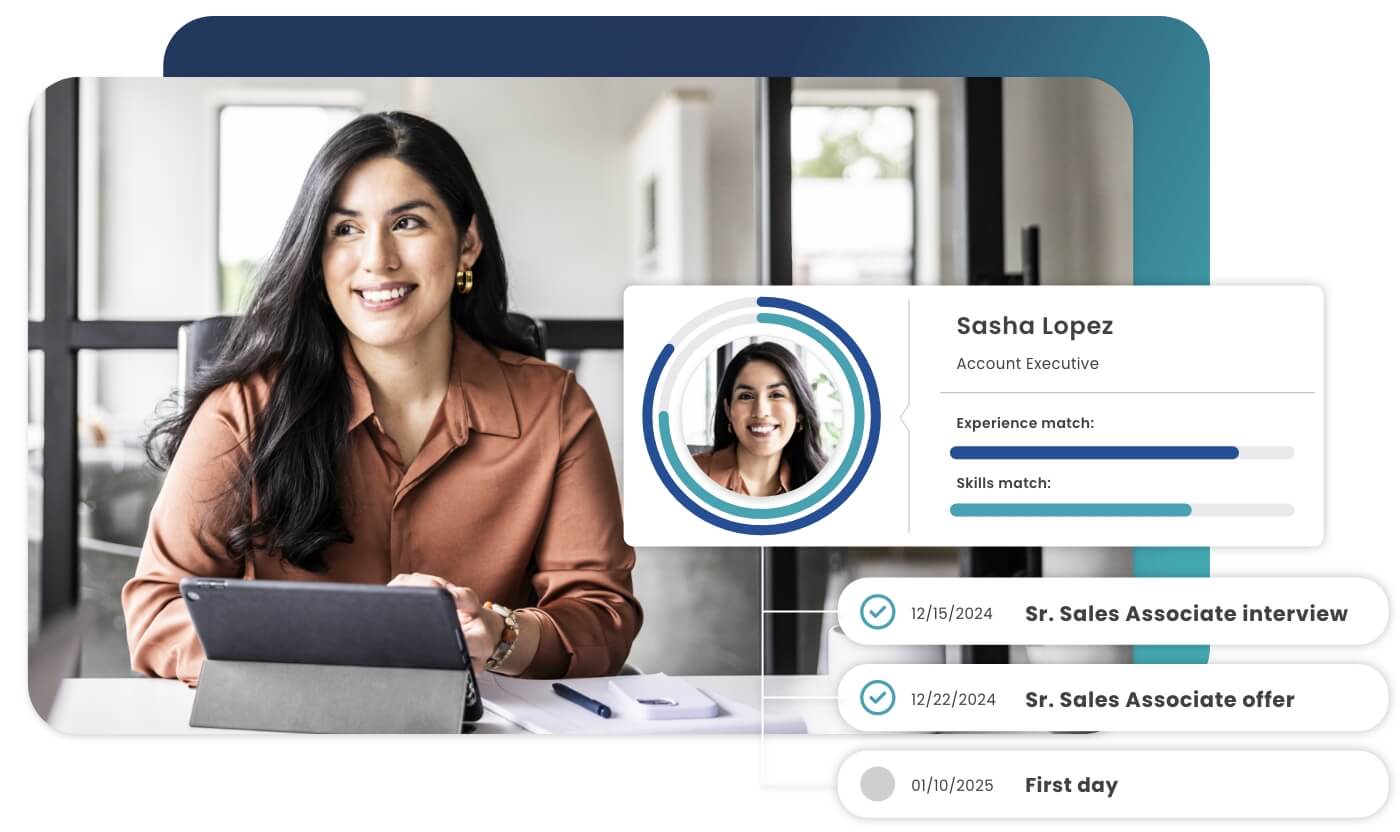

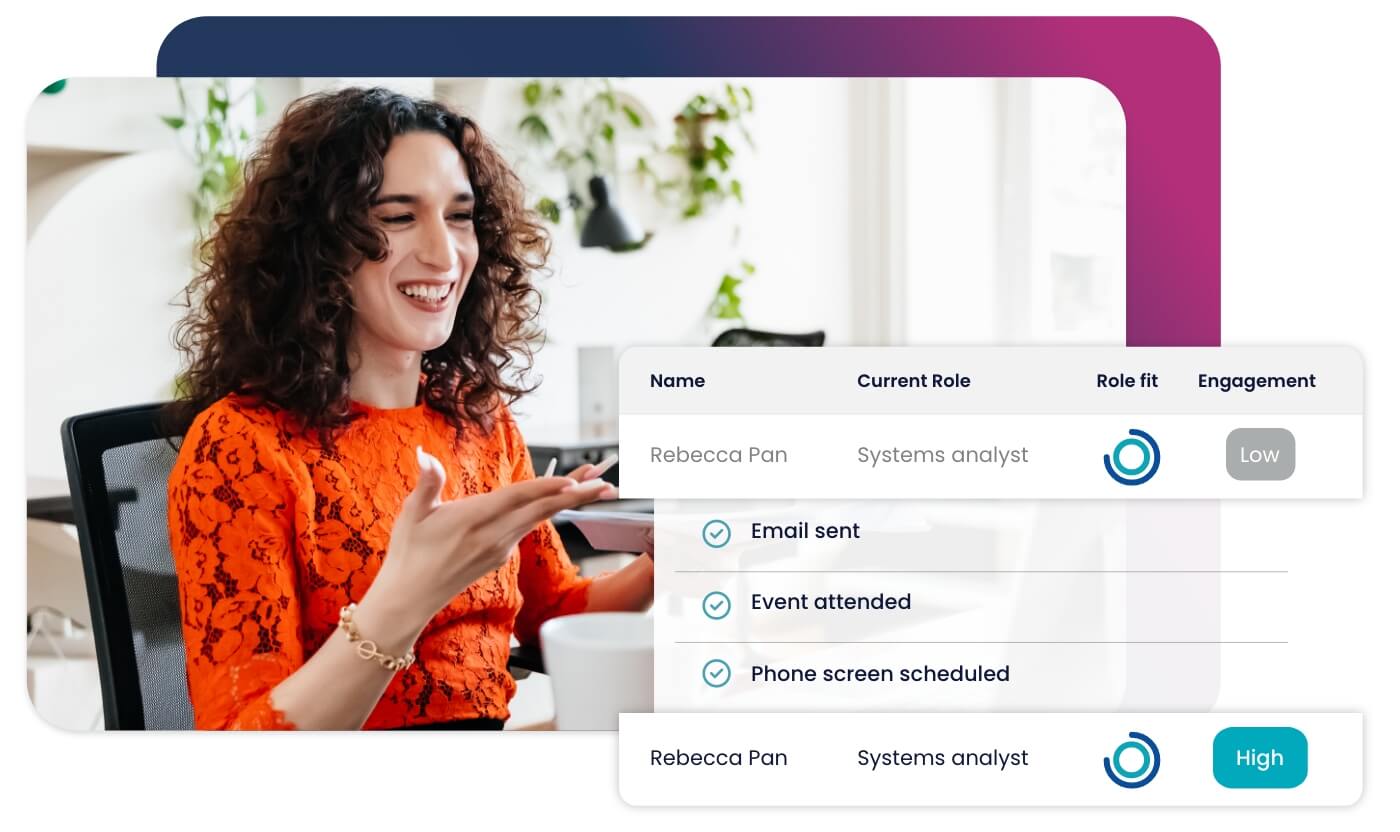
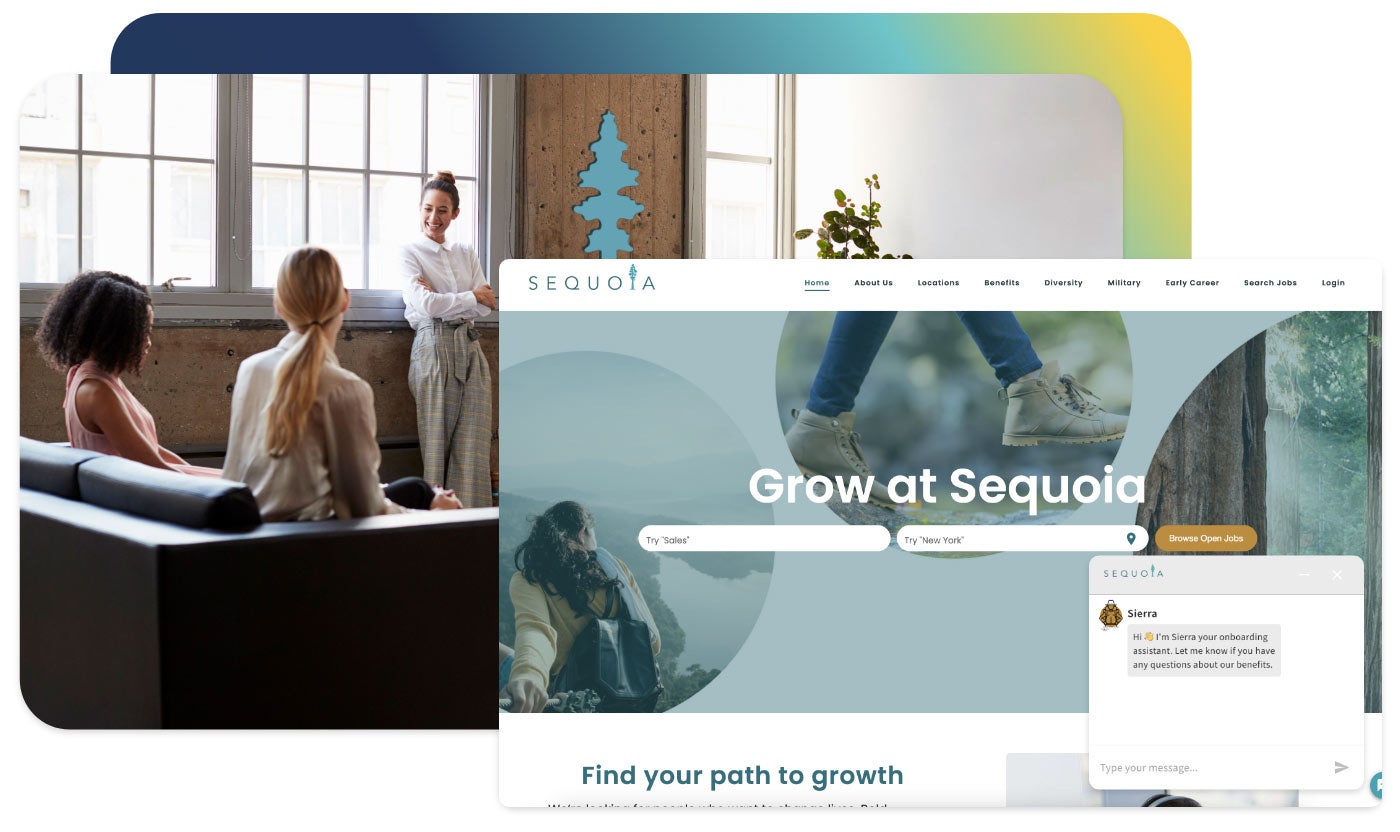


Accelerate hiring key talent to deliver care and exceed patient satisfaction.

Attract skilled candidates, speed up hiring and grow expertise in your workforce.

Simplify recruiting finance and banking talent with a platform for hard-to-fill roles.


Build a talent pipeline that engages and drives your business forward.


See how diverse and global enterprises use iCIMS to employ millions, drive innovation and connect communities worldwide.

Learn how a beloved restaurant hires 40,000+ annually with a great candidate experience.
Uncover unique market insights, explore best practices and gain access to talent experts across our library of content.


View press releases, media coverage, the latest hiring data and see what analysts are saying about iCIMS.

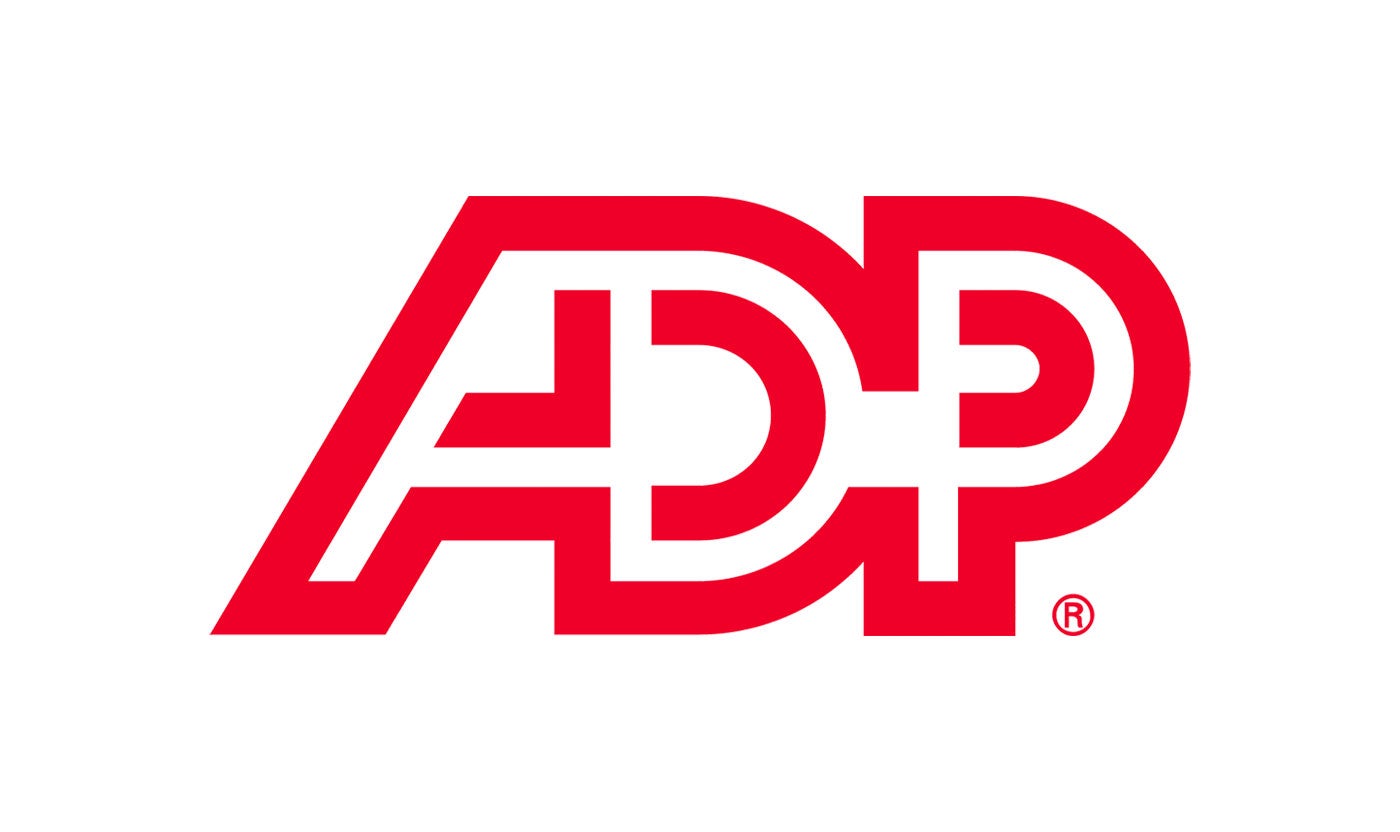
Streamline your tech stack and take advantage of a better user experience and stronger data governance with ADP and iCIMS.
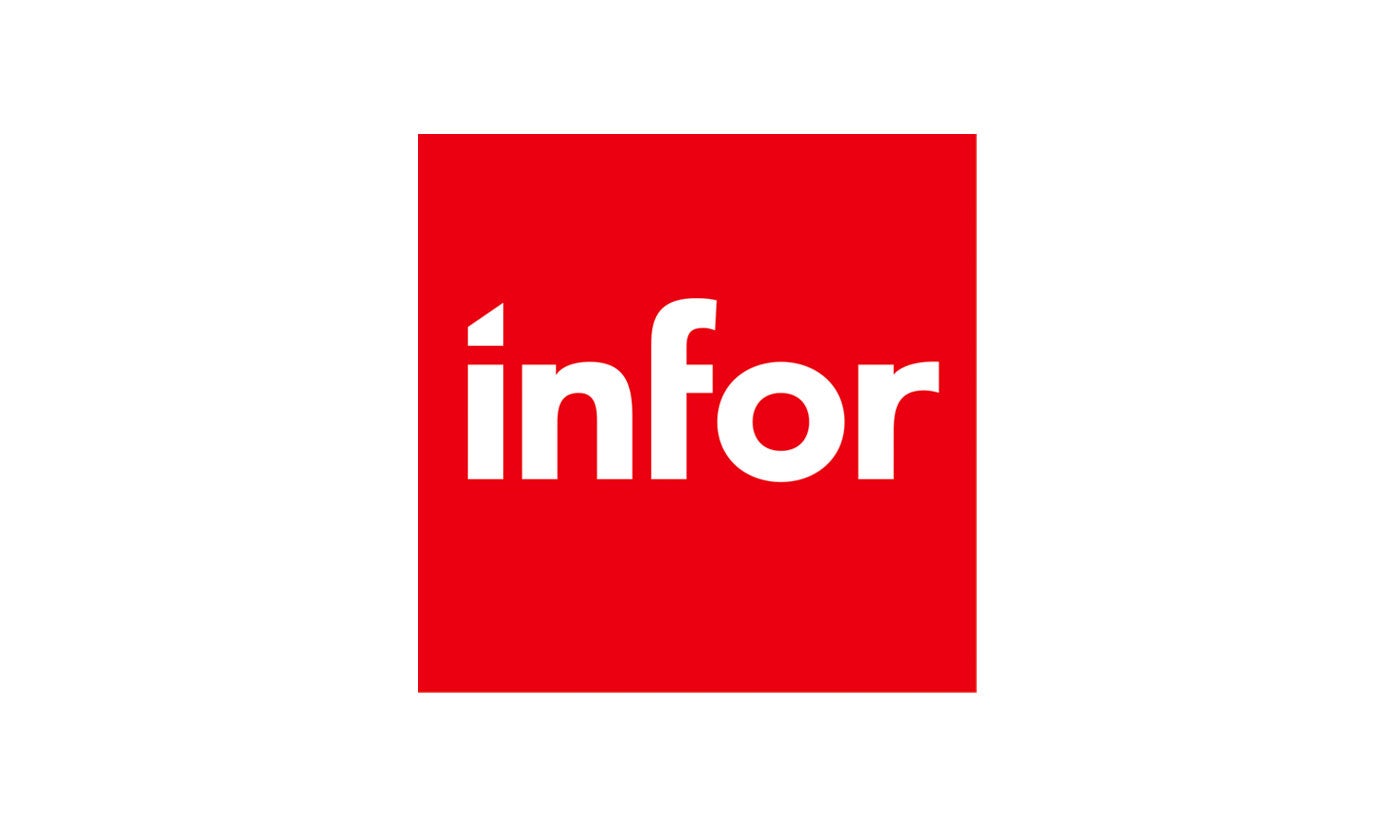
The combined power of iCIMS and Infor helps organizations strategically align their business and talent objectives.
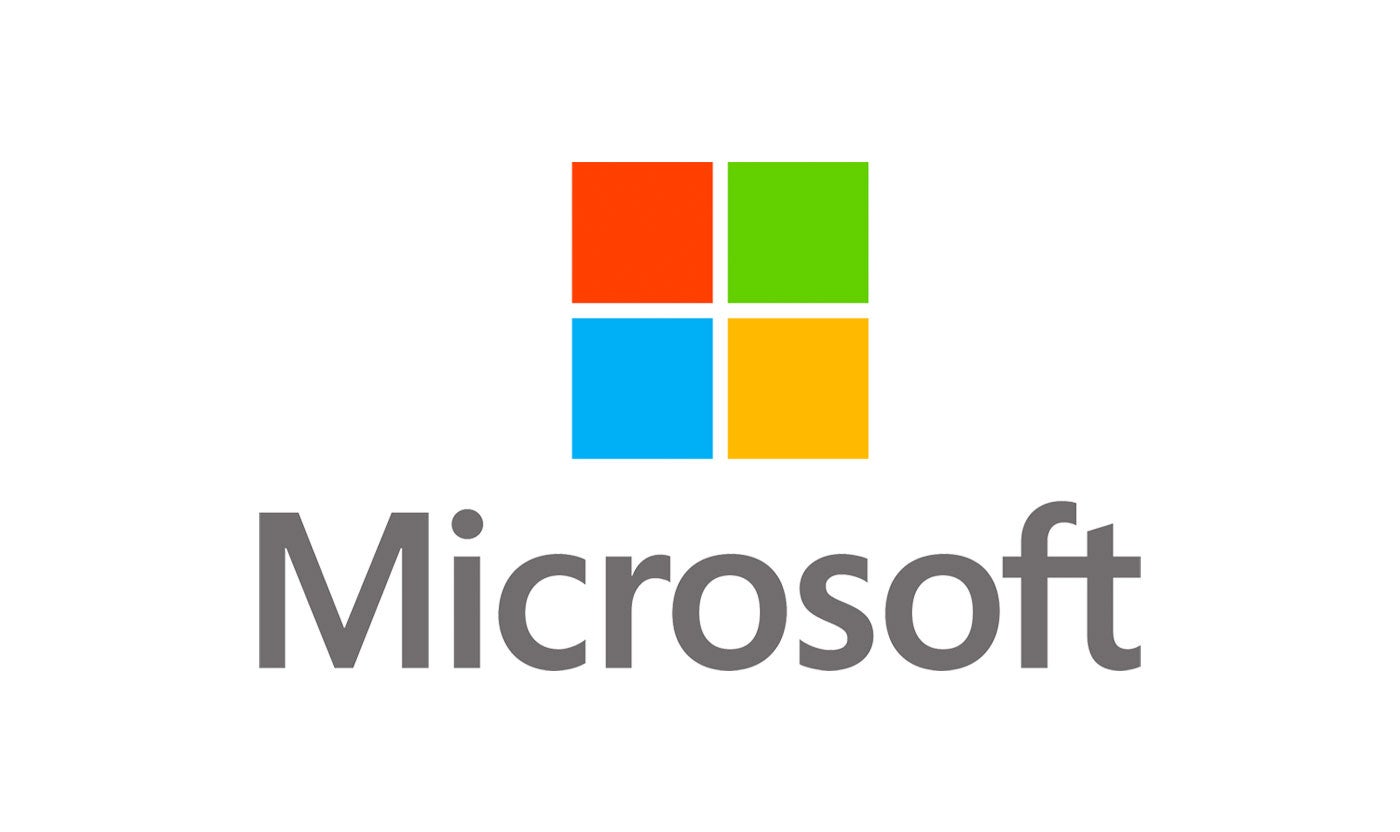
Our award-winning partnership with Microsoft is grounded in a shared desire to transform the workplace and the hiring team experience.
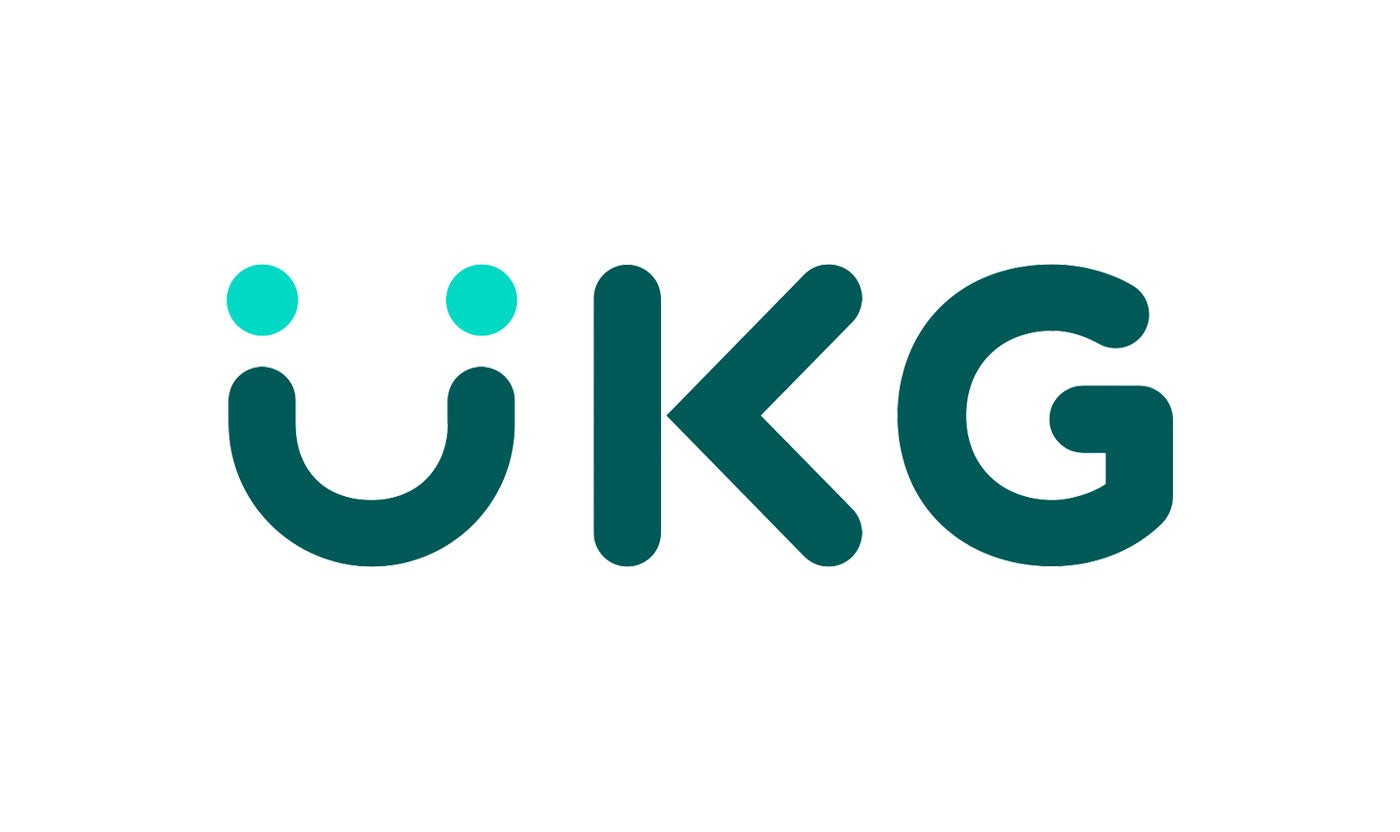
Our partnership with Ultimate Kronos Group (UKG) supports the entire talent lifecycle by bringing frictionless recruiting solutions to UKG Pro Onboarding.

I like to think that I’m an open-minded person who treats people equally. So, I would never call myself a biased person.
But, I just took a Gender-Career test by Project Implicit that determined I have an unconscious bias. I more frequently associate men’s names with words like “career,” “management,” and “salary” and women’s names with words like “marriage,” “home,” and “children.”
Color me shocked!
The scary part is that all humans have implicit bias, including the people that attract, engage, hire, and advance talent for your organization. This can lead TA teams to favor candidates that meet their biased preferences which may not include all candidates with the right skills.
In this post, we’ll learn more about implicit bias, why you should make an effort to reduce it, and three AI recruiting software solutions that can help you attract, engage, hire, and advance the right talent.
Want to find out where you stand in your DEI journey? Download the DEI Scorecard.
Before we can create a solution, we need to have a clear definition of the problem.
Merriam-Webster defines implicit bias as, “A bias or prejudice that is present but not consciously held or recognized.”
In talent acquisition, implicit bias most commonly refers to a person forming an opinion about a candidate based solely on first impressions or demographic information rather than skills. These biases are often based on perceptions of race, gender, sexual orientation, etc., and the person with this bias is not necessarily aware they may be making decisions based on these factors.
Businesses tend to be more successful when the right talent is on the right team. However, when implicit bias is left unchecked, best-fit candidates may get passed over.
A study by McKinsey & Company states that “companies in the top-quartile for ethnic/cultural diversity on executive teams were 33% more likely to have industry-leading profitability”. In short, a more diverse workforce often leads to better business outcomes.
Job descriptions are often one of the very first touchpoints where potential applicants hear your voice. Do your words pull them in or push them away?
At the beginning of the recruiting process, you want to convey your business as inclusive and welcoming to attract job seekers from diverse backgrounds. Similarly, non-inclusive language can deter candidates from applying. Let’s take a look at some common requirements found in job descriptions:
At first glance, this language doesn’t jump off the page as biased. But the deeper we look, the more we can see that these phrases may exclude qualified job seekers.
Because humans tend to be unaware of our implicit biases, it may be almost impossible to write a completely unbiased job description. Instead, you can rely on word editors, like Textio, to help catch non-inclusive language and suggest alternate words and phrases.
Textio uses machine intelligence to replace clichés, jargon, and biased phrases with language that is proven to communicate more effectively with your intended audience. Over time, it learns how your employees write and suggests entire paragraphs that align with your company’s voice. Plus, it integrates with your existing recruiting software so that you can write, publish, and analyze all from one place.
Implicit bias doesn’t appear just in the language that we use. It is also found in the way systems and experiences are designed. Not all job seekers have the same resources, so it’s important to take a magnifying glass to your career site and job application process to ensure people from all backgrounds have an equitable opportunity to engage with your company.
To create a truly accessible and inclusive recruiting process, each job seeker should receive a tailored experience that fits their needs.
iCIMS’ Digital Assistant is a powerful addition to the Talent Cloud that can enable your TA team to meet job seekers where they are without added time and effort. For example:
The iCIMS Digital Assistant uses artificial intelligence throughout the iCIMS Talent Cloud to automate and streamline your recruiting process. RPM Pizza saw a significant impact in their hiring when they decided to meet Millennial and Gen Z job seekers where they are – on their smartphones.
Using a combination of text messages and our AI-powered chatbot, RPM Pizza increased applicant volume by 66% and reduced time to hire by 80%! In addition to these impressive outcomes for the company, the AI chatbot gave candidates increased transparency and control through the recruitment process, enhancing their overall experience with RPM Pizza.
Learn five more ways to make your hiring experience more accessible.
Using sophisticated technology to write inclusive job descriptions and create equitable experiences for applicants supports a diverse talent pool. But how do you reduce implicit bias in the hire and advance stages when most decisions are left to human discretion?
The answer: reduce guesswork and preference through AI talent matching.
Within your applicant tracking system, you have a wide pool of talent. Now, you need to review candidates to determine which ones have the right skills for the position. This is prime time for implicit bias to rear its ugly head.
Instead, you can use talent matching to quickly determine which candidates in your network may be a good fit for the role based solely on skills in their profiles. The process involves a few steps:
This solution can help reduce the effects of implicit bias by helping your TA team uncover talent they may not have considered when doing a manual review. And if there are any questions about why a candidate was matched to an ideal profile, recruiting software analytics can provide clear descriptions of candidate recommendation logic.
—
These additions to your recruiting software can help create a long-term culture of diversity, equity, and inclusion. Want to find out where you stand in your DEI journey? Download the DEI Scorecard.





